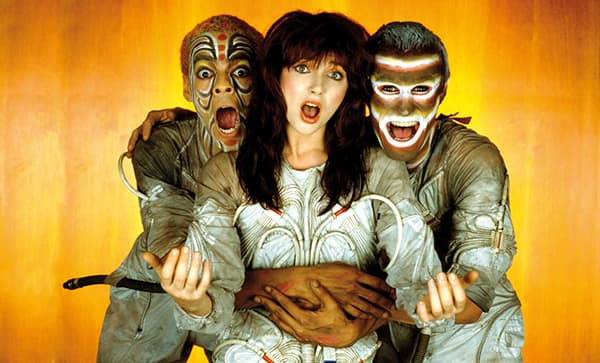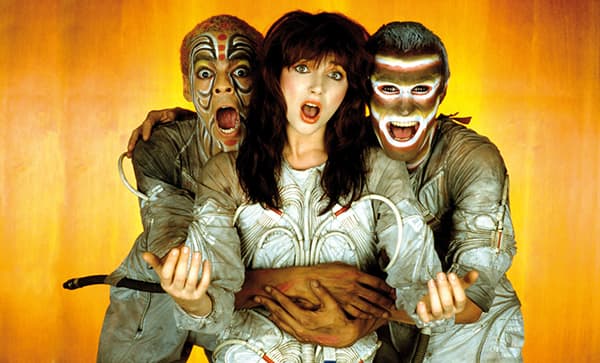
Copyright: Guido Harari
During their time together Guido Harari shot the publicity photos for Kate Bush’s albums Hounds of Love and The Sensual World, and documented the events on the set of the 1993 film The Line, the Cross & the Curve, starring and directed by Kate.
We caught up with him to find out more about his career and his time working with Kate.
How did you get into photography and start out as a photographer?
I’ve been a huge music fan since I was eight, in the late 1950s, and would look at the great record covers and fantasise about the artists I was listening to. I wondered how could I get closer to the artist and find out who they were as a person, and I thought I could do that through the camera.
In the early ’60s, I started going to movie theatres and taking pictures of films. There was no freeze frame and no VHS recorders, so you had to capture the moment as it happened.
In Italy, the big concerts started to happen in the ’60s and early ’70s, so I was able then to visit the concerts and take live photos. That led me to collaborations within the music press in Italy, and I started taking photos for album covers. I spent two years in London as a correspondent for the Italian music press and then I went to the States, and it quickly snowballed from there.
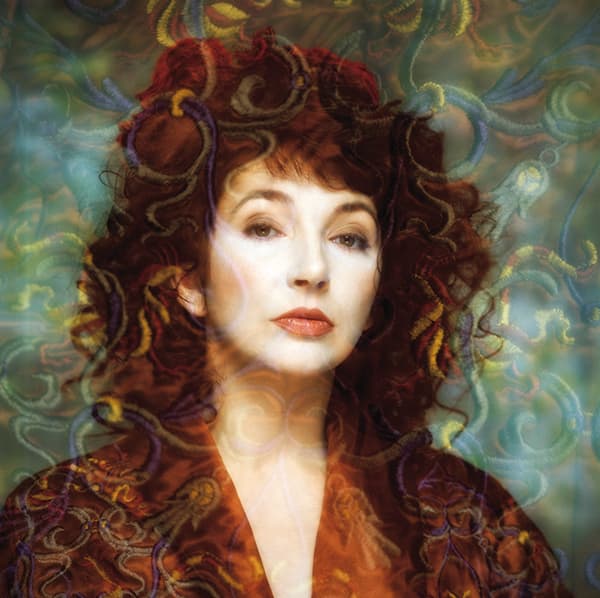
Copyright: Guido Harari
How did you learn your craft?
I was 100% self-taught, so I made up my own methods of how to shoot people. However, the primary element for me was not a technical one, but how to develop an instant relationship with your subject, especially with celebrities where you don’t have a chance to meet beforehand to discuss an idea or even just to say hello. The subject comes to the studio and you have your ten minutes or half an hour, and you have to produce images, which is really hard and frustrating.
How do you go about fostering a relationship with someone quickly?
Sometimes you have celebrities who come on the set and they don’t care about talking to you, they just want to get finished as quickly as possible. If they commission the work, it’s a completely different situation, but if you’re from editorial or advertising then you are just another photoshoot. You have to quickly find out how much they are willing to play with ideas, build a relationship and have a bit of complicity with you.
So how do you do that? Well, you talk to them: you make them react. You make them feel that you are happy to be there and learn about them. I research before the photoshoot to find out about their interests and find little things I can play with, to add little hints either in the actual photos or just as conversation. Your portfolio can also really useful – if you’ve shot people that they are fans of, that can help a lot.
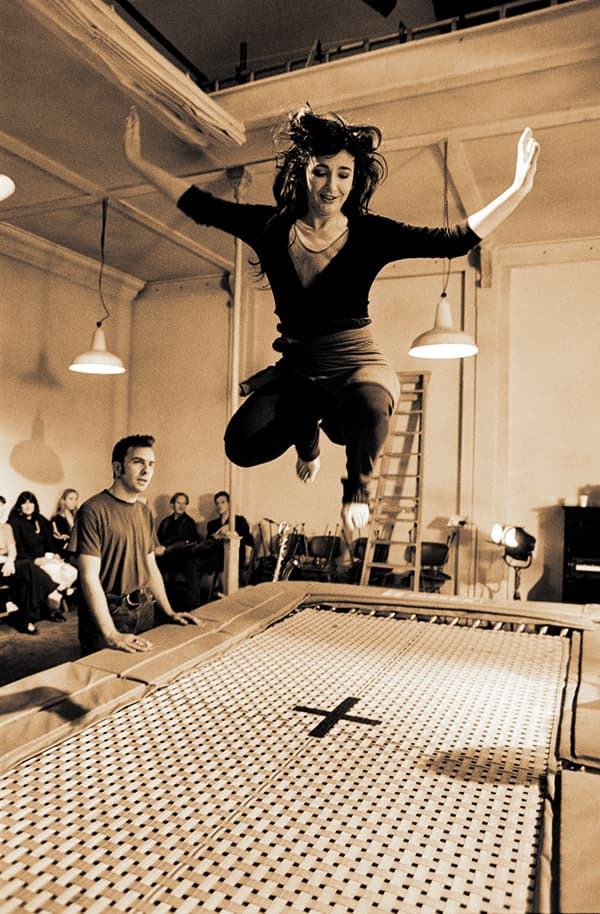
Copyright: Guido Harari
You worked for a while with the mime artist and choreographer Lindsay Kemp – how did that come about?
In 1979 Lindsay became really huge in Italy. I had been working as a photographer for about seven years then, and was intrigued by theatre and knew about his work with Bowie and Kate Bush. I thought I’d go and see his performances and bring the camera along. I started taking pictures of him for an Italian magazine and there were so many images to choose from, Lindsay suggested that we could start working on a book.
I started travelling on and off with the company and photographing the productions, shooting backstage, candid photos, travelling shots: really in-depth reportage. In 1982 our book was published in Italy: that was Lindsay’s first major book and it was also my first major book.
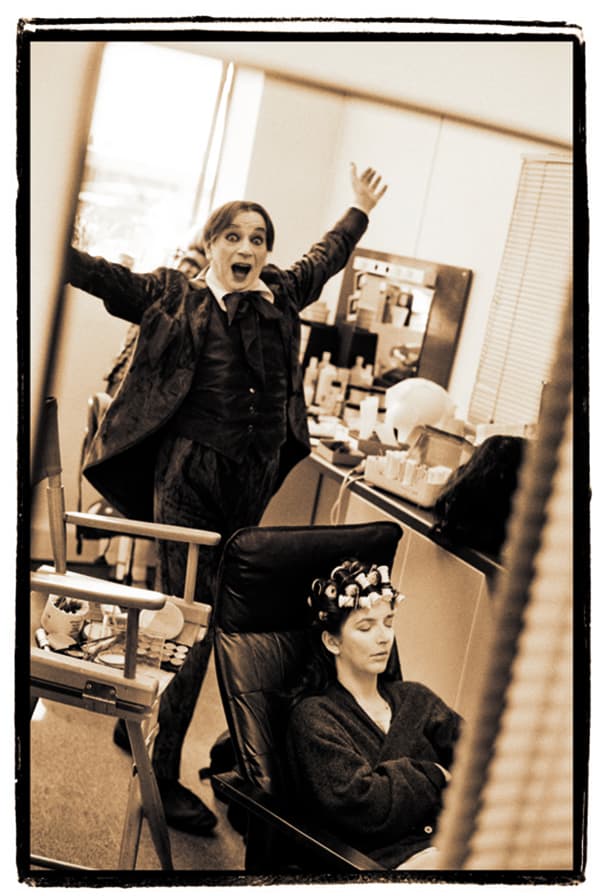
Lindsay Kemp and Kate Bush. Copyright: Guido Harari
How did you end up collaborating with Kate Bush?
I had a chance to meet Kate when she was promoting The Dreaming, her fourth album, while she was in Italy. I showed her the book and she was very excited by it and agreed to be photographed. So that book started the whole collaboration, which I had with her for ten years.
What was Kate like to work with?
When she called me up in 1985 to do her official promo photos for Hounds of Love, I was surprised to find that she didn’t want to explore any major concepts. She was very impressed with the photos I’d taken of Lindsay, which were very natural photos, not contrived or too posey, so she wanted me to capture something authentic; she didn’t want me to turn her again into a diva or icon, she wanted me to find a different approach.
She would come to the studio, just with her make-up artist and a bunch of clothes and no major briefing, nobody around like managers or agents, so it was really like shooting a friend. Not much conversation – total concentration. Her focus was incredible. We would shoot for 12 or 15 hours straight. It was amazing.
Kate Bush is famous for being obsessive about having full control of everything that she does, but I had the feeling she would let me go as far as I wanted to go.
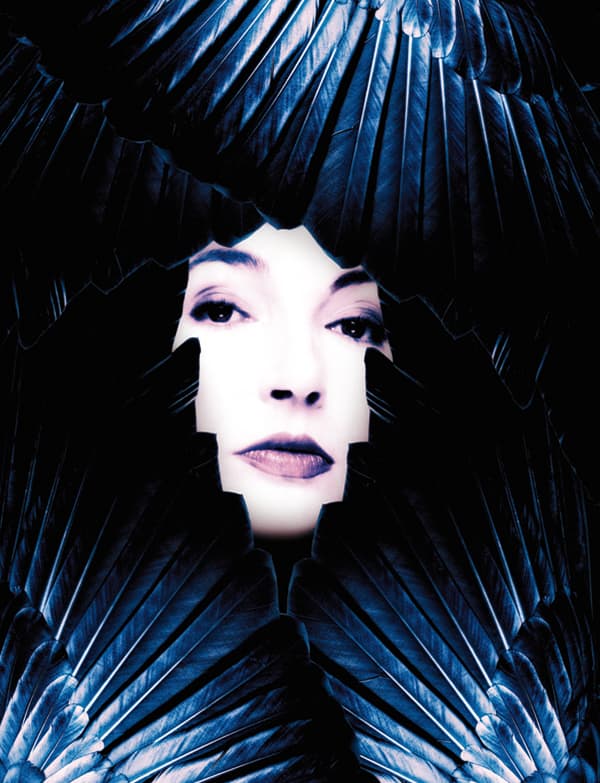
Copyright: Guido Harari
So a lot of the photographs were unplanned beforehand?
Yes, that’s basically how it was. She would just bring clothes that she felt comfortable in, you know, a kimono, some casual clothes, some very colourful things that had a nice texture, and it was very much improvised. It was very much ‘let’s use these key elements and see how far we can go’. That happened on the 1985 shoot for Hounds of Love and in 1989 for The Sensual World, and then the last shoot from that period was in 1993 on the set of the film The Line, the Cross & the Curve.
What was it like being on the set of her film?
That was the most memorable opportunity I had with her, as she had stopped performing live during her first tour in ’79, so to be on the set of her film gave me chance to take performance shots and also to do some reportage, like I had done with Lindsay.
Again, she didn’t restrict me in any way. I was able to shoot everything I saw, which was very unusual for her, and in the end we had an impressive amount of photos. That part of my archives of Kate has never been seen, as she retired for 12 years just after that, so the images became instantly became passé in a way.
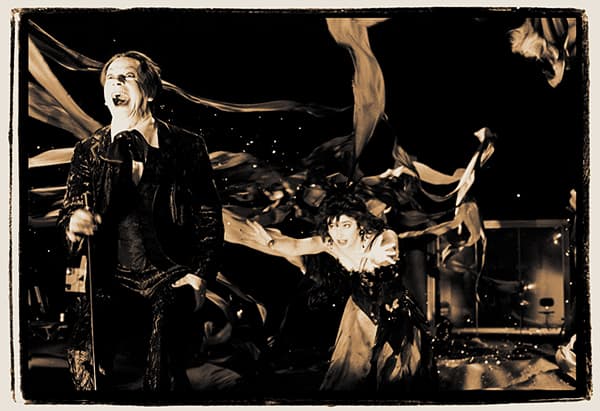
Kate Bush and Lindsay Kemp on the set of The Line, the Cross & the Curve. Copyright: Guido Harari
What kind of director was she?
I have been on sets with Italian directors and unless you are the official photographer, you are always in the way of somebody so you feel like you have to beg to get pictures, but with Kate it was like, OK, you are free to do whatever you want.
I could sit very close to her with a wideangle and she would rarely look at the camera unless I asked her to, she was really natural. She was totally absorbed in her work because she was also not just acting in the movie but also directing. She had just two weeks to complete the filming. Then she wanted to edit it very quickly in order to bring the film to the London Film Festival, so there was a lot of pressure on that side.
But at the same time she had the ability to gather a group of collaborators around her, that she felt very comfortable with, so there was really no tension having to finish quickly, it was really free flowing.
What made you decide to publish your new book of your photoshoots with Kate?
The idea of the book came about twoyears ago when she announced new concerts for the first time in 35 years. We had a first show in London at the Snap gallery, with mine and Gered Mankowitz’s photos, who had shot the first two album covers.
There was a lot of interest in my work from the fans. We had published a small catalogue for the exhibition, but it was soon very clear that fans wanted more.
I thought I would use all the pictures from all the shoots and present them in a sequence to give people an idea of how a shoot can start very slowly, and then peak and go down, because we get tired, and then we’ll have another peak of creative energy and then it dies down. It’s a dynamic that you rarely get to see because photographers will offer their hero shots and forget about everything else.
It is also intersecting to see in a sequence of pictures how Kate would go from a laugh to a joke and then get her diva expression, and then all of a sudden crack up again with a joke and so you see moments that usually get discarded when you edit a photoshoot because they don’t promote the artist, but do make interesting events in the book.
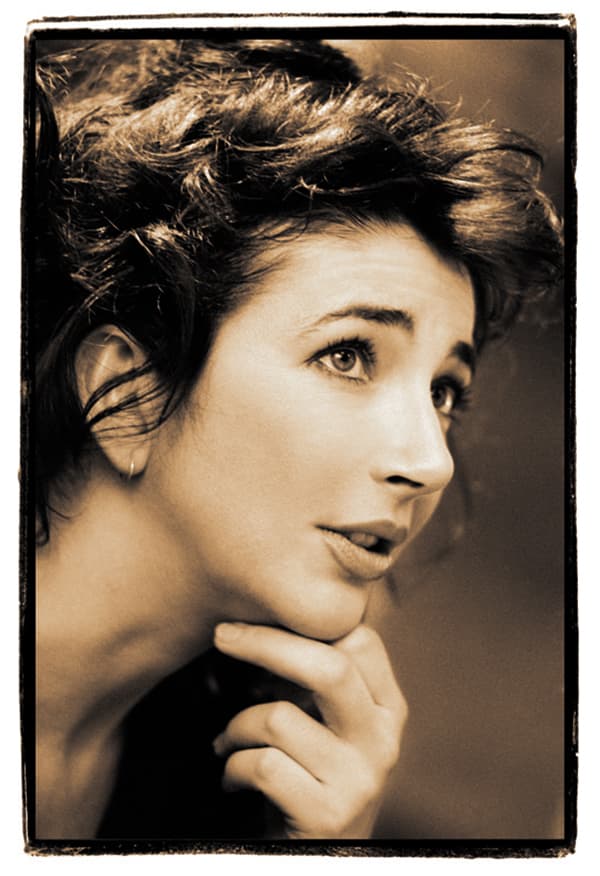
Copyright: Guido Harari
Call you tell me about the techniques you used in your image? For example, I see that you did some work with double exposures?
At the time there was no Photoshop and I rarely had enough time with the artists to come up with a big production so I would rely on some techniques to add a flavour to the images. I was a fan of Duane Michals, who would shoot these dreamy sequences using long shutter speeds, and double exposures. I also loved an American photographer called Art Kane, who used a technique called sandwiches – which was placing two or three transparencies in the same frame and aligning them in a way that would create something that went beyond photography, almost an illustration. So I loved using these two techniques.
In the shoot for The Sensual World, I started using double exposures and Kate went along with it, although she did not really understand what the result would be. I used the texture of the backdrop or the texture of her clothes to create this underwater painterly effect, or I would shoot two Kates on the same frame or three Kates if we really went wild. It was all by trial and error. Since it was not digital photography back then, we had to shoot a lot to be sure of what we would come up with.
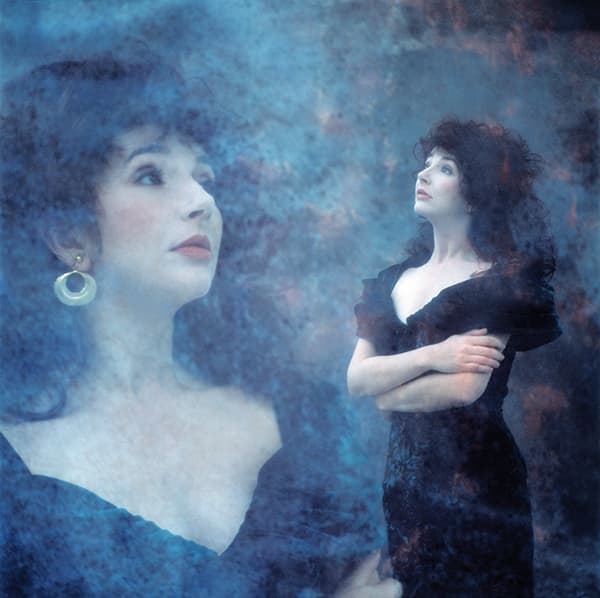
Copyright: Guido Harari
What is the next project you have planned?
I’m planning a few books, one next year covering classic and unseen photos of Bruce Springsteen by an American photographer Frank Stefanko.
He shot the covers of The River album and Darkness on the Edge of Town, two seminal albums of Springsteen. I’ve been very good friends with him for about 40 years now so we’re going to do a book of all the unseen photos.
The Kate Inside limited-edition book is on sale now. It contains over 300 images including, Polaroids, contact sheets, personal notes from Kate and outtakes covering the period of her boldest albums, The Dreaming, Hounds of Love, The Sensual World, The Red Shoes and her film The Line, The Cross & The Curve.
A London exhibition at Art Bermondsey Project Space will accompany the book’s release.
Exhibition Information
- Private View 14 September 6-8pm
- Exhibition runs 13-30 September
- Q&A with Linsday Kemp and Guido Harari 6-8pm 16 September
Art Bermonsdey Project Space
183-185 Bermondsey St, London SE1 3UW.
Tel: 0203 441 5152.
For further information visit project-space.london

